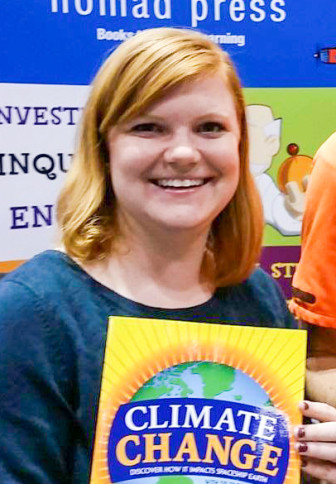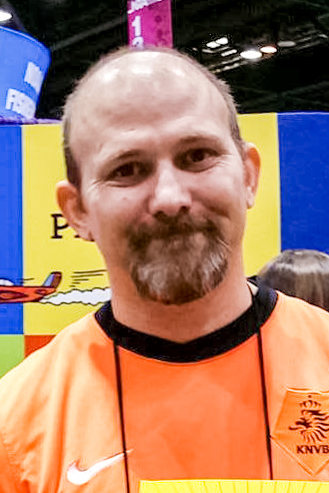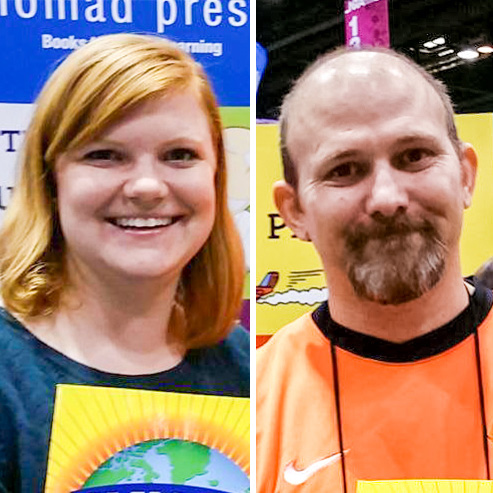
Erin Twamley

Joshua Sneideman
Young people need to understand climate change. But all too often the climate change and green movement uses fear-based instruction with images of polar bears stuck on breaking icebergs and rising water in the swamps of Florida.
Fear doesn’t lead to positive environmental change, especially for youth.
While there are dire consequences happening on Earth, there are also rapid advancements in renewable energy technologies. We need to start engaging and sharing with our youth things people are doing.
Take a look at Boyan Slat, a Dutch teenager who wanted to figure out a way to clean up the ocean. Today he is working with scientists on methods that have cleaned up half the plastic in the oceans. Or do you remember “the girl who silenced the world for five minutes,” the 12-year-old Severn Cullis-Suzuki, who gave a speech from a youth perspective at the U.N. conference in 1992. Today she is a Canadian environmental activist.
Youth are important because they become and are leaders helping our communities and countries to make commitments. Check out Costa Rica for example, a country of more than 4 million people that can generate all its electricity for 100 consecutive days from renewable sources.
Or the state of Hawaii, committing to generate all its electricity from 100 percent renewable resources by 2045, an example for our island nations. Our youth can be the next leaders to help countries, states and communities make such commitments. So how do we get started?
Here are the top five tips to get youth engaged from our new book “Climate Change: Discover How It Impacts Spaceship Earth”:
- Get a social media campaign going so youth can demonstrate how they are addressing climate change through photos. Identify a hashtag to help spread the word like #SpaceshipEarth
- Have youth research all the diverse folks in science, technology and policy who are actively working to address climate change, sometimes called the “Giants of Science.”
- Did you know the first solar house in the United States was designed and built by two women? Find out who they are.
- Can you name the marine biologist who has spent close to one year of her life underwater?
- Can you name the president who held a meeting underwater to highlight the impacts of climate change on his country?
- Order 10 free trees from the Arbor Day Foundation to plant in your yard, school or local park. An easy act that helps with carbon emissions and beautifying a neighborhood.
- Ask them to write a letter to their local council member, mayor or even to Congress to share why climate change is important. The youth voice is key in helping to change the future.
- Have them explore the power of the sun by creating a sundial or solar oven from a pizza box. The sun could power our world. Find other hands-on STEM activities in the book.
The urban planners, farmers, scientists, architects and park rangers of tomorrow are today’s youth. We must engage them with positive messaging and actions.
Erin Twamley is an energy education specialist with experience providing STEM support in education. Joshua Sneideman is an Albert Einstein Distinguished Educator Fellow with experience as a middle school science teacher and a lifelong environmentalist.

























